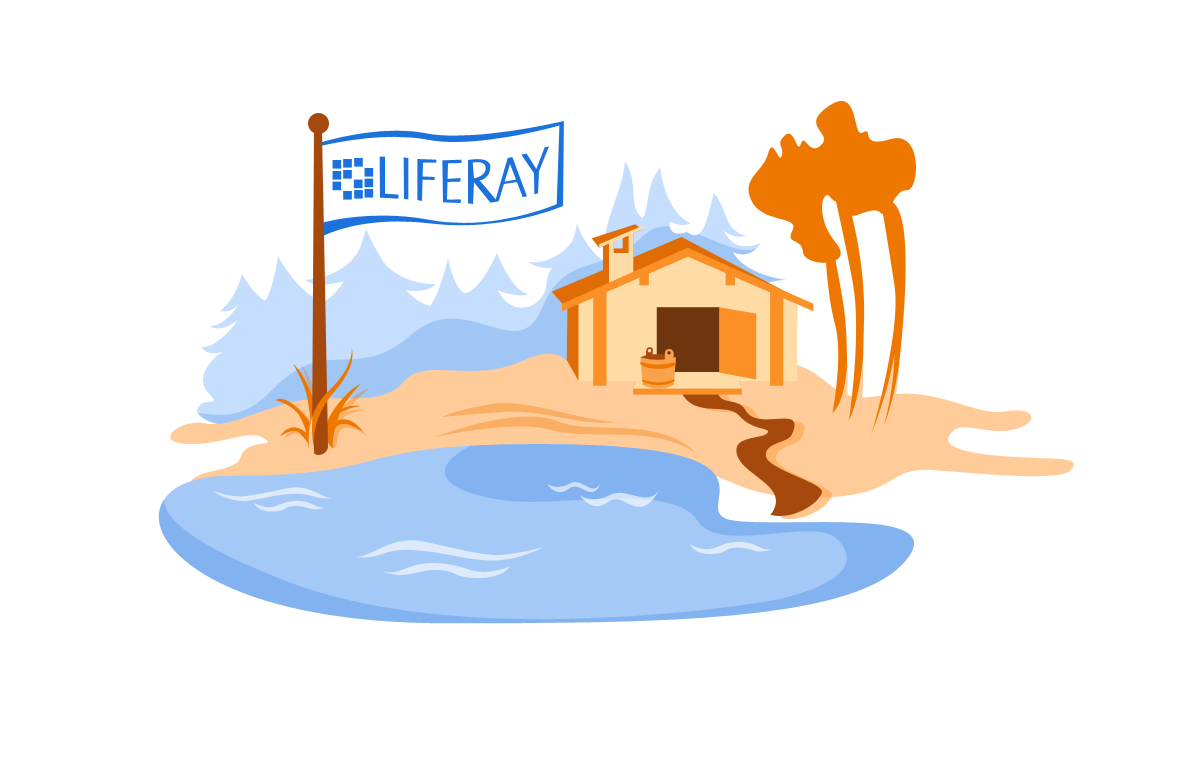Liferay is slowly becoming more popular in Finland at the moment. Public administration in particular is attracted to this Java portal with a long history. There is even an attempt to make Liferay a widely used common web content management system for governmental organizations. Ministries, in particular, clearly consider Liferay the default CMS choice for new online services at present. The Lutheran church, for example, also has selected Liferay as the common web content management system for its parishes. In addition to public administration, businesses in the finance industry are using Liferay in Finland to replace their costly Oracle and IBM portals.
North Patrol is a consulting firm specialized in the design of digital services and information systems. We shape ideas into a vision and service concept, find the best architectural and technological solutions, design a functional user experience, and compete to find the ideal partner for implementation work. We do not sell implementation projects, nor do we sell licenses; we are genuinely on the side of the customer.

Outside public administration and the finance industry, however, Liferay does not seem to have secured a significant foothold yet. A change might be in the works, because a large number of integrators in Finland are focusing on their Liferay competencies.
The beginnings of Liferay’s rising popularity in Finland go back several years to the time that public administration selected Liferay as the platform for some of its transactional portals, such as OmaOulu. At the time, the open-source version of Liferay, the Liferay CE, was used. At the moment, though, when Liferay is gaining traction in particular as a web content management system in public administration, the version in use is almost without exception the commercial Liferay EE.
What merits attention in Liferay’s increasing popularity for web content management is that no-one is particularly trying to claim that Liferay is a good web content management system. In discussions, people quite openly admit that Liferay is just the safe choice at the moment. In addition, there are natural pressures in the public administration to streamline choices.
The discourse on Liferay includes an interesting quirk. Public administration still talks about Liferay as an open-source choice. In practice, however, using Liferay EE makes it questionable whether it is appropriate to talk about open source at all. An almost identical portal of course exists as a freely distributed open-source version, but if everyone uses the commercial version in practice, it seems untruthful to praise the benefits of open source code.
Elsewhere in the world, Liferay is almost exclusively considered a portal focusing on intranets and extranets. This is evident if you browse through the marketplace for Liferay plugins. It is really difficult to find plugins for web content management. This makes the comparison of Liferay with platforms such as Drupal or WordPress very challenging, because the systems and their ecosystems are focused on solving totally different problems.
This, however, has not bothered Finnish public administration. Liferay has been primarily used to build public-facing websites, and this will go on in the future. The question is, when will we see the start of building those transactional services? That, after all, is the area where Liferay is the significantly more competitive alternative.
An example. The Social Insurance Institution of Finland (Kela) quite bluntly stated at a seminar last spring that Liferay was chosen as the platform for their transactional services, and the renewal of the kela.fi website was actually a “trial” of using Liferay. This mentality probably characterizes the thinking behind many other public administration decisions.
Okay, enough of the complaining. It is easy to understand the priorities. The development of transactional services has been under most pressure in public. A dream of a common web content management system exists since many years. Dabbling with a host of different systems is the absolute worst alternative for taxpayers. And Liferay isn’t a bad choice. It may be a compromise, but a pretty good one. Maybe not for websites, but an appropriate choice for many other purposes. It isn’t prohibitively expensive—the EE version’s annual cost is moderate in comparison with, for example, Oracle’s or IBM’s license fees. There are many competent integrators in Finland, making competitive bidding easy.
The world is not providing a lot of help for public administration websites in areas where Liferay is now being used. That’s why now is the time to share best practices. Why not set up a blog, for example, and use it to share the best code snippets? Liferay is a good-enough choice for public administration websites and transactional services, but it will never become a superior choice unless public administration begins to tap into the benefits of its joint decision.
Disclosure: North Patrol consulted the Evangelical Lutheran Church of Finland in connection with their competitive bid on a church-wide web content management system.


